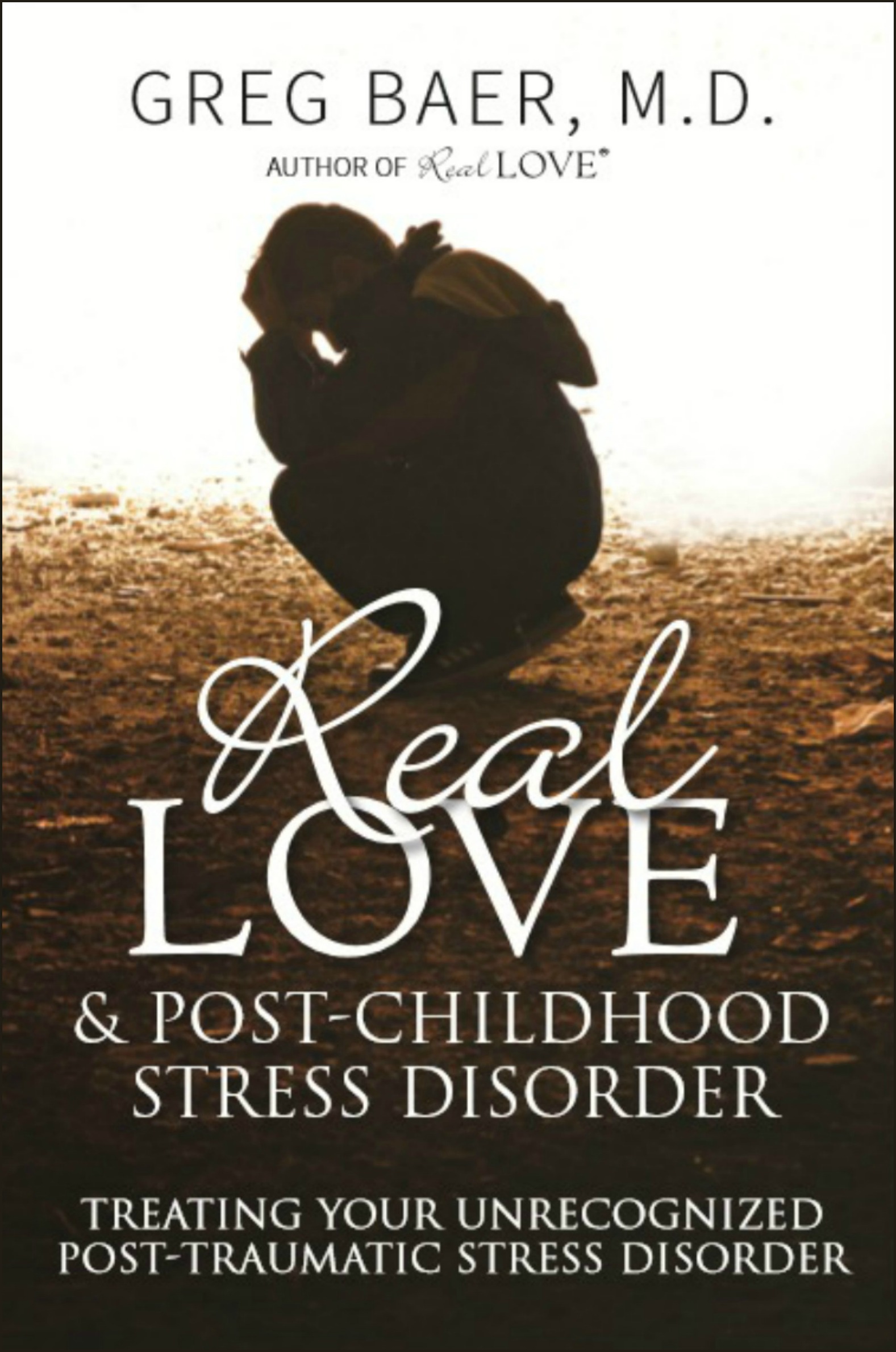Reacting to the Pain of Childhood Trauma
Garrett is fifty-five years old. When I met him, he was a crippled ball of fear—paranoid about the government, afraid of his wife, angry at his wife, afraid of life, angry at life, disconnected almost entirely from his children, and physically withdrawn into the prison of his own home.
Garrett’s father was one of twelve children, all raised in a small, rural mining town. The father of the family—Garrett’s grandfather—worked in the mines, which in those days were unsafe and hellish, and coped with the physical and emotional pain by consuming great quantities of alcohol.
Occasionally, he was so hung over that his wife was required to take his shift in the mine—an unthinkable choice even then. The mother finally couldn’t stand living with twelve children and an alcoholic husband, so she killed herself.
If only that were the end of the story. When Garrett was six years old, his father loaded him and his four-year-old brother in the car to run an errand. The father ran into the house to get something, but he left the car running, and Garrett managed to put the car into gear and back it into the street, where it was demolished by an oncoming truck. Garrett’s brother was killed, and his father openly blamed him for his brother’s death on a regular basis for many years.
On top of the obviously traumatic events was an atmosphere of fear, anger, and neglect that permeated the household every minute of every day. By the time Garrett was a teenager, he was afraid constantly, and he protected himself with hypervigilance, schemes to protect himself from real and imagined dangers, controlling, and anger. He was utterly miserable, and he made his wife and children just as unhappy.
Reacting to Pain by Blaming Others
Garrett’s whole world was painful, and because he couldn’t see the real cause of the pain—his entire childhood, which to him was “normal”—he was compelled to explain his pain by using the behaviors of other people, workplaces, the government, and more.
EVERYTHING became a source of potential pain, so he was on high alert every second. He analyzed every word people spoke—or didn’t speak—to look for the dangers and to plan for his protection. In that condition, there was no room for peace or happiness. He walked around swinging a bat at everything that might hurt him, or hiding in a cave where he would be relatively safe.
Making Choices Instead of Just Reacting to Pain
And then Garrett found people who loved him. Gradually he experienced an increasing frequency of moments where his pain was replaced by love and safety. He couldn’t justify his fears in that condition, so he set down his bat and came out of his cave. These moments began to connect, and eventually he reached a place where happiness became his new normal.
The other day he said to me, “I’ve spent a whole lifetime blaming people, attacking them, hiding, and justifying my choices with long lists of details that I repeated over and over.”
He sighed and continued, “But I don’t have to do that anymore. The details just don’t matter. Now when something happens that might disturb my peace of mind, I just DO something to change how I feel.
"I choose to be understanding, or to be loving. I make real choices, instead of just reacting to my pain. I like this way of living a lot. It’s very powerful.”
We’ve all been injured. We’ve all been hurt enough to justify our being afraid. But now we can learn to find the love that will heal those wounds.
And then we too can learn to make choices instead of just reacting to pain, a condition that is always unhappy and tends to perpetuate itself without end.


